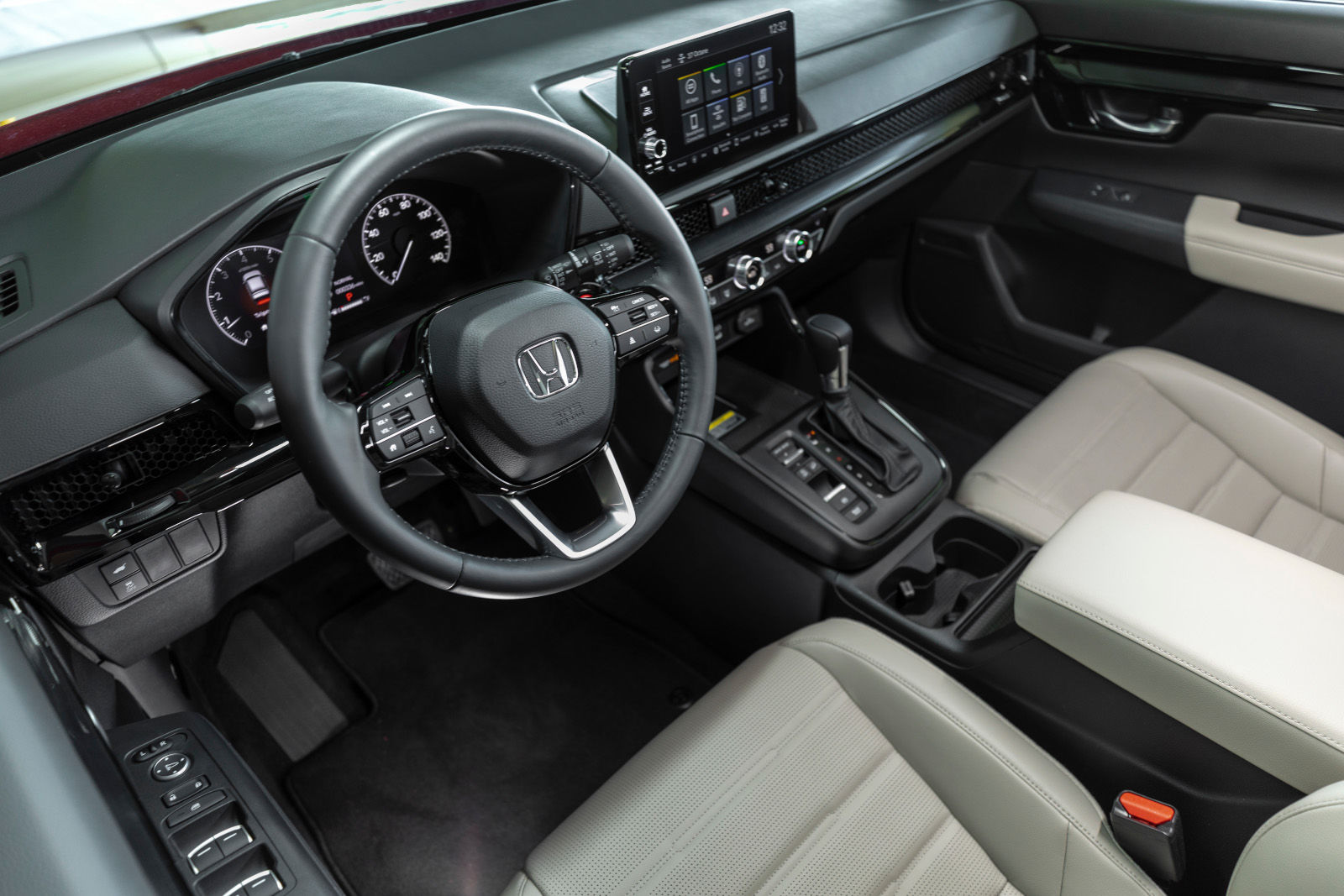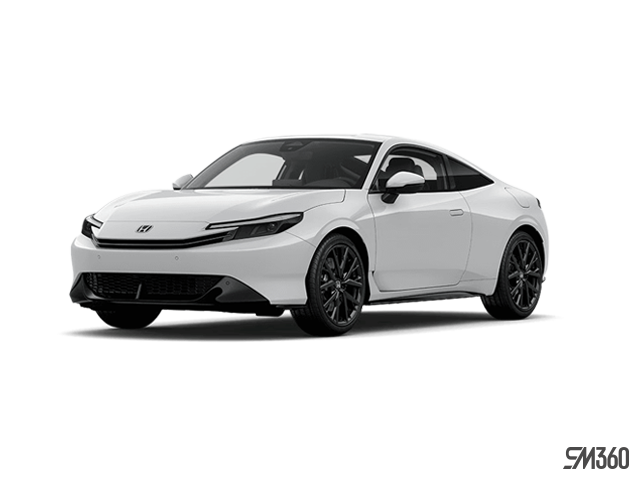Original publication: June 8, 2016 | Updated: May 2025
Your Honda vehicle is equipped with a sophisticated warning system designed to inform you of issues ranging from routine maintenance needs to more urgent mechanical problems. Whether you drive a 2025 Honda Civic, CR-V, Pilot, Accord, or Ridgeline, the meaning of each warning light is generally consistent across the lineup. However, knowing what each light means and how to respond is essential to keeping your vehicle safe and reliable.
To help you better understand your vehicle’s dashboard messages, we’ve divided the most common Honda warning lights into two categories: those that require immediate attention and those that still warrant prompt follow-up but don’t necessarily signal an urgent problem. In both cases, you should avoid guessing. The lights are your vehicle’s first line of communication—ignoring them can lead to costly repairs or safety risks.
Warning Lights That Require Immediate Attention
These are high-priority alerts that typically indicate a serious issue. Continuing to drive with these warnings displayed can damage your vehicle or compromise your safety.
Check Engine Light

The check engine light can signal a wide variety of issues, from minor to critical. If the light is solid and the vehicle appears to be driving normally, you may have a sensor issue or a loose gas cap. However, if the light is flashing, the situation is more severe and may indicate an engine misfire or a problem with the emissions system. A flashing check engine light requires immediate action. You should pull over safely and arrange for your vehicle to be towed to a service centre.
Brake System Warning

This warning may appear when the parking brake is engaged, but if it remains on after releasing the brake, there could be a loss of pressure in the hydraulic braking system. This can severely impair braking ability and is considered a serious safety issue. Do not continue driving. If the warning stays on or is accompanied by a soft brake pedal or unusual braking behaviour, your vehicle should be towed to the nearest service department.
Engine Temperature Warning (Red)

A red temperature warning light indicates that your engine is overheating. This can result from a failed cooling system component, such as a leaking radiator, broken thermostat, or water pump issue. If this light appears, stop the vehicle as soon as it is safe to do so and turn off the engine. Opening the hood carefully and allowing the engine to cool down is advised. Driving with an overheated engine risks permanent damage and should be avoided.
Oil Pressure Warning

This warning appears when engine oil pressure drops below a safe level. Without proper oil pressure, your engine cannot lubricate its moving parts, which can lead to severe and costly damage in a very short time. Stop the vehicle immediately and turn off the engine. Continuing to drive even for a few minutes could permanently damage the engine. Arrange for the vehicle to be towed and inspected by a Honda technician.
Battery or Charging System Warning

When the battery light appears on your dashboard, it indicates that the alternator is no longer charging the battery. Your vehicle may still run for a short time, but eventually the battery will be depleted, and your engine may shut off. Electrical systems such as lights, power steering, and brakes could be affected. If safe, head directly to a service location while limiting electrical load (turn off climate control, audio, and heated seats). If the vehicle won’t start or stalls, call for assistance.
Other Honda Warning Lights and What They Mean
These warning lights don’t typically require you to stop driving immediately, but they still indicate that something needs attention. Delaying service may result in further complications, reduced efficiency, or reduced safety.
Engine Temperature Warning (Blue)

A blue temperature light usually appears when you first start your vehicle in cold weather. It signals that the engine has not yet reached optimal operating temperature. While it’s not dangerous, you should drive gently until the light turns off. If it remains on after extended driving, there may be an issue with your thermostat or coolant temperature sensor.
Maintenance Minder / Service Light (Wrench Icon)

This light appears as part of Honda’s Maintenance Minder system. It means that scheduled service is due based on driving conditions, not just mileage. It may indicate a need for an oil change, brake inspection, or filter replacement. On newer models, this light will be accompanied by a main code and one or more sub-codes to help your technician identify what service is required.
Tire Pressure Monitoring System (TPMS) Warning

The TPMS light signals that one or more tires are underinflated. Driving with low tire pressure can increase fuel consumption, reduce traction, and cause uneven tire wear. Check tire pressures using a gauge and inflate to the recommended PSI listed on the driver’s door jamb. If the light remains on after correcting pressures, the system may need to be reset or a sensor may be faulty.
Vehicle Stability Assist (VSA) System Warning

This light indicates that Honda’s electronic stability control system is either malfunctioning or has been turned off. If the light remains on, the vehicle may not be able to properly assist with traction and stability in slippery or emergency driving conditions. It’s safe to drive, but you should schedule a diagnostic appointment to restore full safety system functionality.
Adaptive Cruise Control / Lane Keeping Assist Warning

These lights typically appear when sensors or cameras used for Honda Sensing technologies are blocked, dirty, or malfunctioning. Restarting the vehicle or cleaning the front grille and windshield can sometimes clear the issue. If the warning persists, it may be necessary to recalibrate the sensors or address a component failure.
Electric Parking Brake or Brake Hold Warning

This warning light may illuminate if there is a fault in the electronic parking brake system. You may be unable to engage or release the parking brake until the system is repaired. If the light comes on while driving, avoid using the brake hold feature and have the system checked.
What You Should Do When a Warning Light Appears
First, don’t ignore it. Your Honda is equipped with these indicators for a reason, and even lights that don’t signal an emergency still affect long-term performance and safety. Determine the colour of the light (red for urgent, amber/yellow for advisory), and check your owner’s manual for model-specific guidance. If you’re unsure, contact your Honda dealer’s service department for advice.
In general, red warning lights signal a need to stop the vehicle and seek assistance immediately. Amber or yellow lights suggest that service should be scheduled soon, but you can usually continue driving for a limited time. Green or blue lights typically indicate that a system is active, not that anything is wrong.
By understanding your dashboard and responding appropriately, you’ll reduce the risk of costly repairs and keep your vehicle running smoothly. When in doubt, book an appointment with a certified Honda technician who can scan the vehicle’s systems, identify the cause, and ensure any issues are properly addressed.
You might also be interested in these blogs:

















